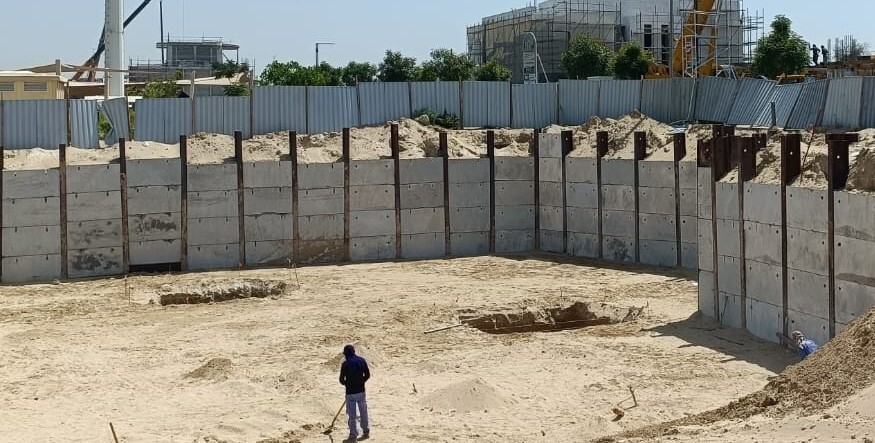

Shoring is a critical structural support system used to stabilize excavation walls and protect surrounding structures during construction. It provides safety, maintains excavation integrity, and allows for uninterrupted below-ground work. At XPS, we apply the most suitable shoring method based on site-specific conditions such as soil type, water table levels, excavation depth, and structural proximity. Our team leverages over two decades of expertise to implement shoring systems that are not only compliant with international safety standards but also tailored for the fast-paced, urban construction environment in Dubai. Below are the primary types of shoring systems we offer:
Contact Us